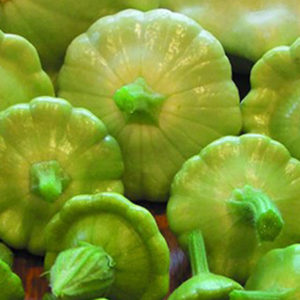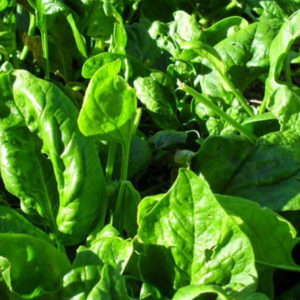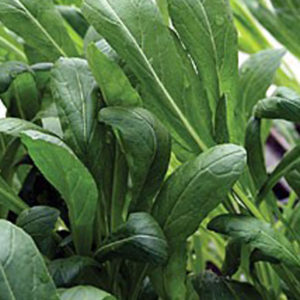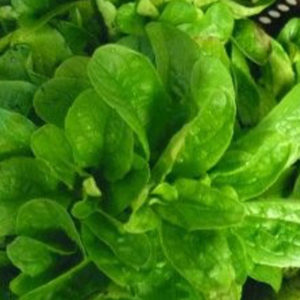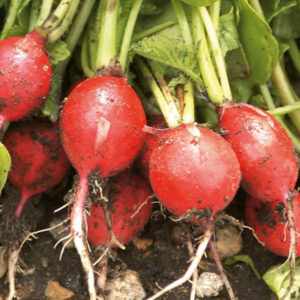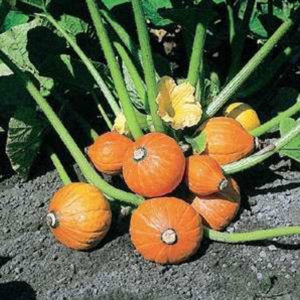-
 Lagenaria siceraria You’ll note by the unusual seed that this is not of the pumpkin or squash family and should be eaten when young like a zucchini. And it’s delicious by all the taste tests. Creamy with great texture. Growing conditions are much like the ‘squash’ Tromboccini and again watching these vigorous plants grow is a delight. Highly recommended and rare.
Lagenaria siceraria You’ll note by the unusual seed that this is not of the pumpkin or squash family and should be eaten when young like a zucchini. And it’s delicious by all the taste tests. Creamy with great texture. Growing conditions are much like the ‘squash’ Tromboccini and again watching these vigorous plants grow is a delight. Highly recommended and rare. -
 Barbarea verna Slightly hotter than watercress but a very similar flavour. Does not need water to grow. Often grown for it’s affective deterrent of white butterfly larvae which tend to eat the leaves even though it means their demise. Recommend planting throughout the garden when planting brassicas.
Barbarea verna Slightly hotter than watercress but a very similar flavour. Does not need water to grow. Often grown for it’s affective deterrent of white butterfly larvae which tend to eat the leaves even though it means their demise. Recommend planting throughout the garden when planting brassicas. -
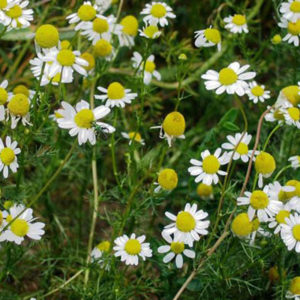 Matricaria recutita Daisylike flowers on this erect annual with green feathery leaves, looks great in any cottage garden. Chamomile flowers are used for a medicinal tea known amongst many things as a calmative and soothing on the stomach. Very fine dust like seeds can be broadcast in the garden or carefully planted on seed trays from Sept onwards when soil is warm. Seeds need light to germinate so sow on surface and water well.
Matricaria recutita Daisylike flowers on this erect annual with green feathery leaves, looks great in any cottage garden. Chamomile flowers are used for a medicinal tea known amongst many things as a calmative and soothing on the stomach. Very fine dust like seeds can be broadcast in the garden or carefully planted on seed trays from Sept onwards when soil is warm. Seeds need light to germinate so sow on surface and water well. -
 Artemisia absinthium Tall bush with dusty green feathery leaves wormwood is grown in cottage gardens as a beautiful backdrop to the more colourful flowers. Known as an effective wormer amongst its many medicinal qualities. Often grown just outside the pen so chickens can self medicate. Plant on surface of trays sparingly ( Wormwood needs light to germinate) & water till germination in 2-4 weeks. Transplant 70cm apart.
Artemisia absinthium Tall bush with dusty green feathery leaves wormwood is grown in cottage gardens as a beautiful backdrop to the more colourful flowers. Known as an effective wormer amongst its many medicinal qualities. Often grown just outside the pen so chickens can self medicate. Plant on surface of trays sparingly ( Wormwood needs light to germinate) & water till germination in 2-4 weeks. Transplant 70cm apart. -
Out of stock
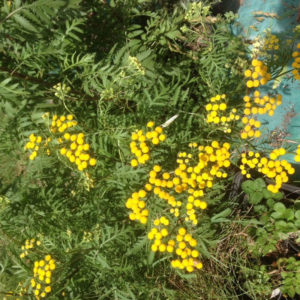 Tanacetum vulgare Herbaceous perennial flowering plant native to temperate Europe and Asia. Tall 100cm plant with segmented leaves and fernlike appearance. Then a display of golden flower heads. Many good medicinal qualities for external use including skin purifying and joint pain Tansy is not recommended for internal use except by physicians. Great insect repellent and often grown near entrances for this reason.
Tanacetum vulgare Herbaceous perennial flowering plant native to temperate Europe and Asia. Tall 100cm plant with segmented leaves and fernlike appearance. Then a display of golden flower heads. Many good medicinal qualities for external use including skin purifying and joint pain Tansy is not recommended for internal use except by physicians. Great insect repellent and often grown near entrances for this reason.

